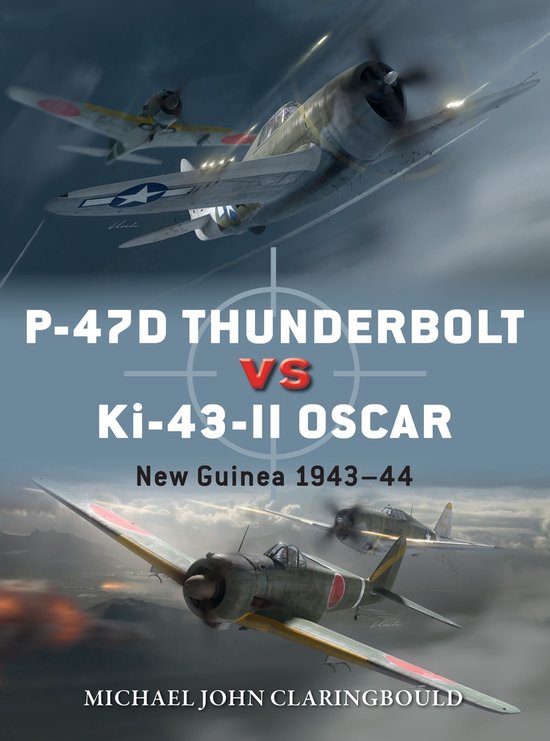
P-47D Thunderbolt vs Ki-43-II Oscar
Although New Guinea’s Thunderbolt pilots faced several different types of enemy aircraft in capricious tropical conditions, by far their most common adversary was the Nakajima Ki-43-II Hayabusa, codenamed ‘Oscar’ by the Allies. These two opposing fighters were the products of two radically different design philosophies. The Thunderbolt was heavy, fast and packed a massive punch thanks to its battery of eight 0.50-cal machine guns, while the ‘Oscar’ was the complete opposite in respect to fighter design philosophy – lightweight, nimble, manoeuvrable and lightly armed. It was, nonetheless, deadly in the hands of an experienced pilot. The Thunderbolt commenced operations in New Guinea with a series of bomber escort missions in mid-1943, and its firepower and superior speed soon saw Fifth Air Force fighter command deploying elite groups of P-47s to Wewak, on the northern coast. Flying from there, they would pick off unwary enemy aircraft during dedicated fighter patrols. The Thunderbolt pilots in New Guinea slowly wore down their Japanese counterparts by continual combat and deadly strafing attacks, but nevertheless, the Ki-43-II remained a worthy opponent deterrent up until Hollandia was abandoned by the IJAAF in April 1944. Fully illustrated throughout with artwork and rare photographs, this fascinating book examines these two vastly different fighters in the New Guinea theatre, and assesses the unique geographic conditions that shaped their deployment and effectiveness.
| Auteur | | Michael John Claringbould |
| Taal | | Engels |
| Type | | Paperback |
| Categorie | | Mens & Maatschappij |